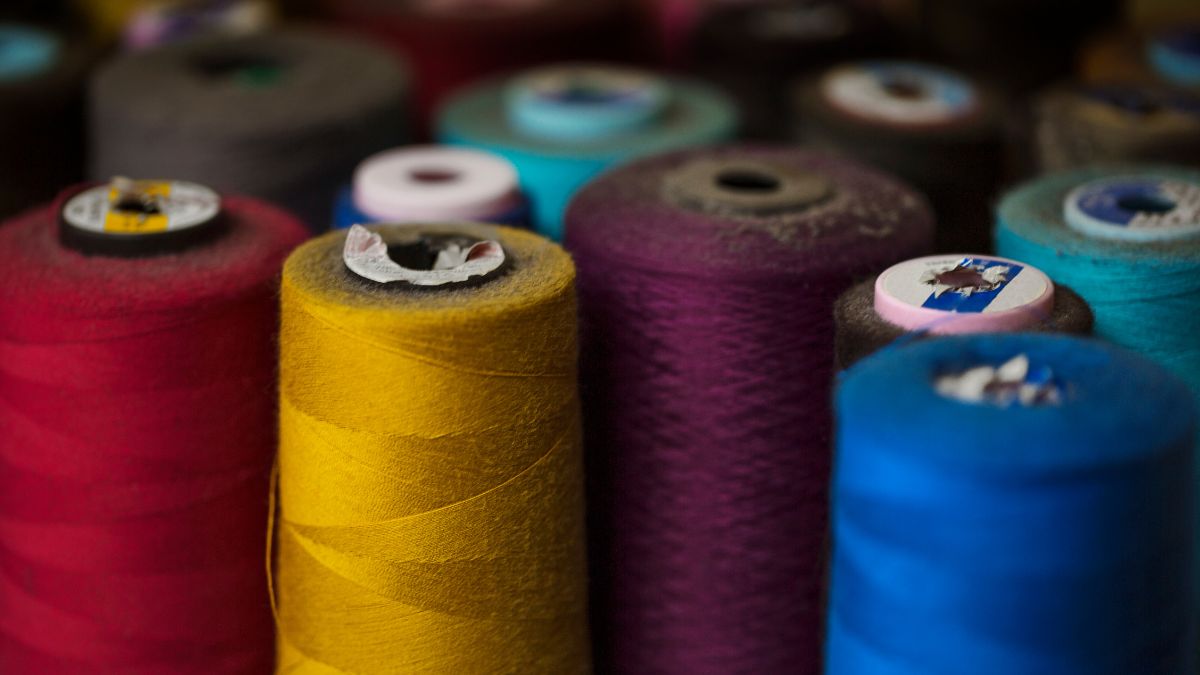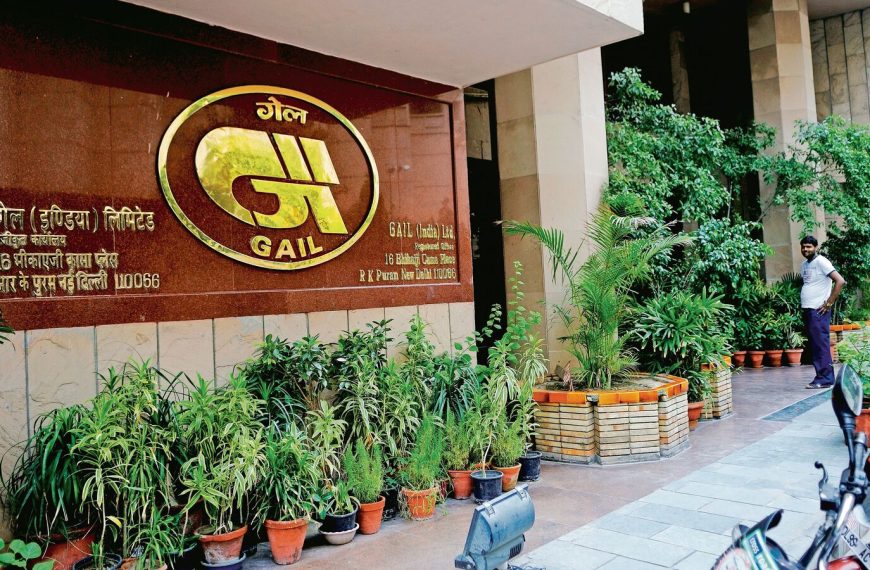As the United Kingdom and India move closer to sealing a Free Trade Agreement (FTA), renewed interest from investors is notably shifting towards export-driven sectors, particularly textiles. This sector stands to gain significantly, as the UK ranks as India’s fourth-largest market for textile and apparel exports, contributing over ₹100 billion each year. If tariffs currently ranging from 8% to 12% are eliminated, Indian products could become more appealing compared to those from competitors like Bangladesh, China, and Turkey.
Textile Sector Gaining Momentum
With these developments in mind, several listed textile firms that cater to export demands are gaining traction. Additionally, the anticipated trade agreement with the United States is expected to further bolster the sector. The crucial question for investors, however, remains: Is now the right time to invest?
Indo Count Industries: A Leader in Home Textiles
Indo Count Industries stands out as a global frontrunner in home textile bed linens, ranking among India’s top three suppliers and exporters in this domain. Their extensive product range includes premium bed sheets, fashion bedding, utility bedding, and institutional bedding.
- Clientele: The company serves various clients, including major global retailers and renowned brands.
- Revenue Generation: Approximately 70% of its revenue is derived from the United States, the largest market for home textiles.
- Major Clients: Walmart, its principal customer, contributes 20% to Indo Count’s overall revenue.
In the fiscal year 2025 (9MFY25), Indo Count reported a 26% increase in total income, reaching ₹31.6 billion. This growth was primarily driven by an 18.5% surge in volume, although margins dipped slightly due to rising shipping costs, resulting in a 5% decline in net profit to ₹2.3 billion.
Looking ahead, Indo Count is targeting a revenue doubling by 2028, building on a 2024 revenue base of ₹35.6 billion. Plans include expanding into new sectors such as utility bedding and branded offerings, with recent market entries in Canada, Australia, and Japan.
To reinforce its US presence, the company is setting up a greenfield manufacturing facility in North Carolina that will increase its utility bedding capacity to 31 million pillows. This facility is projected to generate $90 million in annual revenue, expected to start contributing by September 2025.
KPR Mills: Integrated Textile Powerhouse
KPR Mills is recognized as one of India’s largest integrated textile companies, encompassing the full spectrum from cotton yarn to processed fabric and garment manufacturing. This includes:
- Production Capacity: 100,000 MTPA for spinning and 40,000 MTPA for fabric.
- Apparel Manufacturing: Capable of producing 157 million pieces annually, KPR exports knitted garments to over 60 countries.
In the first nine months of FY25, KPR’s revenue reached ₹46.2 billion, marking a 6% increase from the prior year. The apparel segment accounted for 45% of total revenue, while yarn and fabric contributed 33%. With 36% of revenue from exports and a significant portion coming from Europe, the impending FTA could provide a competitive pricing advantage.
The company is also expanding its garment capacity by an additional 30 million pieces, projecting strong growth driven by improved export demand.
Vardhman Textiles: A Staple in Yarn and Fabric Production
Vardhman Textiles specializes in yarn, fabric, acrylic fiber, and garments, solidifying its position as a leading manufacturer in the cotton yarn sector. Key highlights include:
- Spinning Capacity: Vardhman operates with 1.2 million spindles, representing 2% of India’s total capacity.
- Revenue Breakdown: In FY25, the textiles segment made up 97.3% of total revenue, with exports constituting around 41%.
In FY25, Vardhman experienced a 3% uptick in sales to ₹97.8 billion, predominantly driven by the textile segment. The company’s profit before tax surged by 46% to ₹11.4 billion, while net profit rose by 39% to ₹8.9 billion.
To further enhance production, Vardhman plans to increase its fabric output by 38% by the end of 2025, with expansions into synthetic and technical textiles expected to begin in the third quarter of FY26.
Conclusion: Investment Considerations
As the UK-India FTA edges closer to fruition, companies like Indo Count, KPR Mills, and Vardhman Textiles are poised to benefit significantly. However, while the outlook appears bright, potential investors should carefully assess current valuations, as many stocks have already surged following news of the deal. Monitoring the agreement’s progression may be prudent before making any investment decisions.
This rewrite maintains the essential facts of the original article while enhancing readability and engagement through a more conversational tone and structured presentation.











